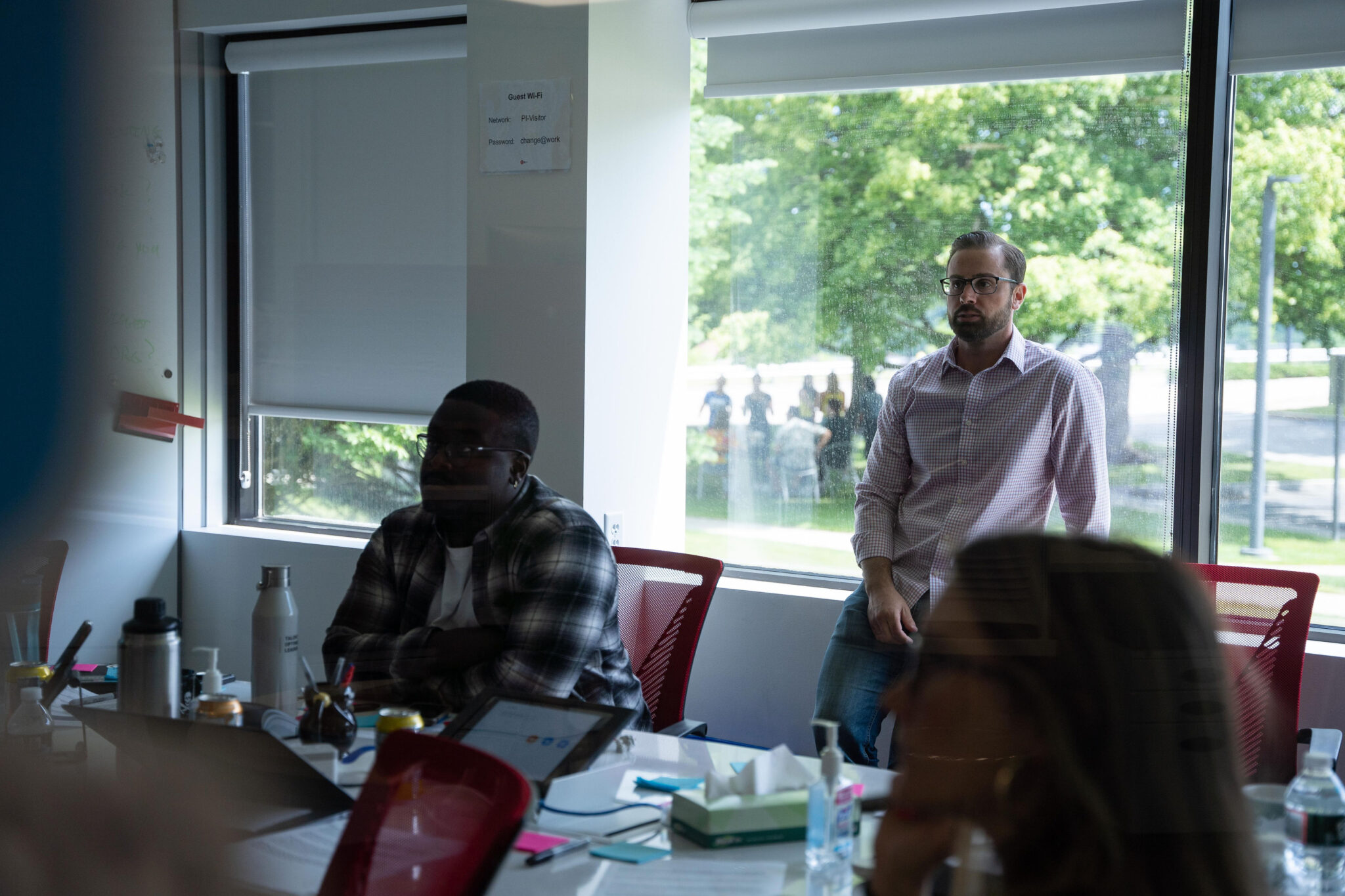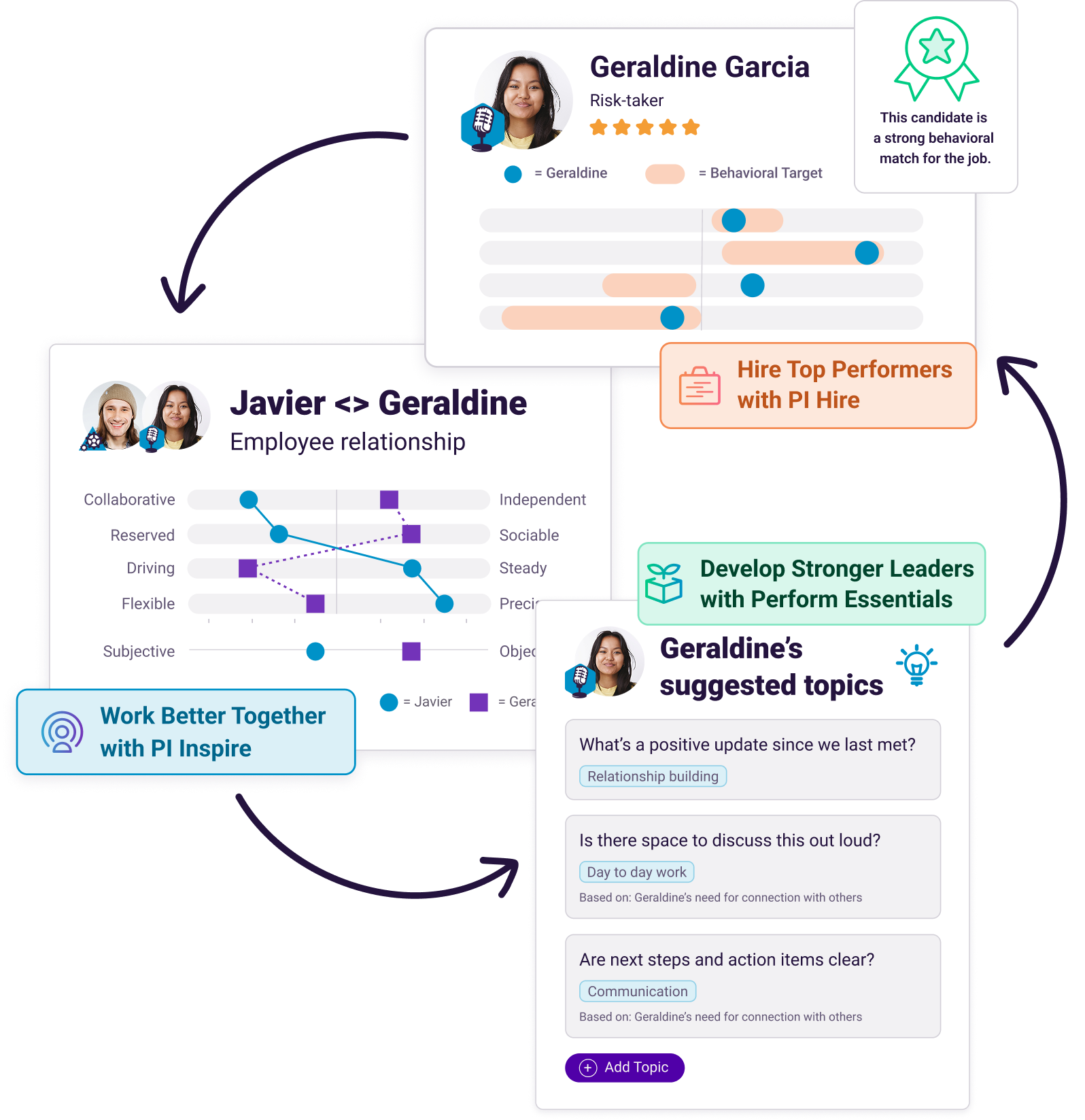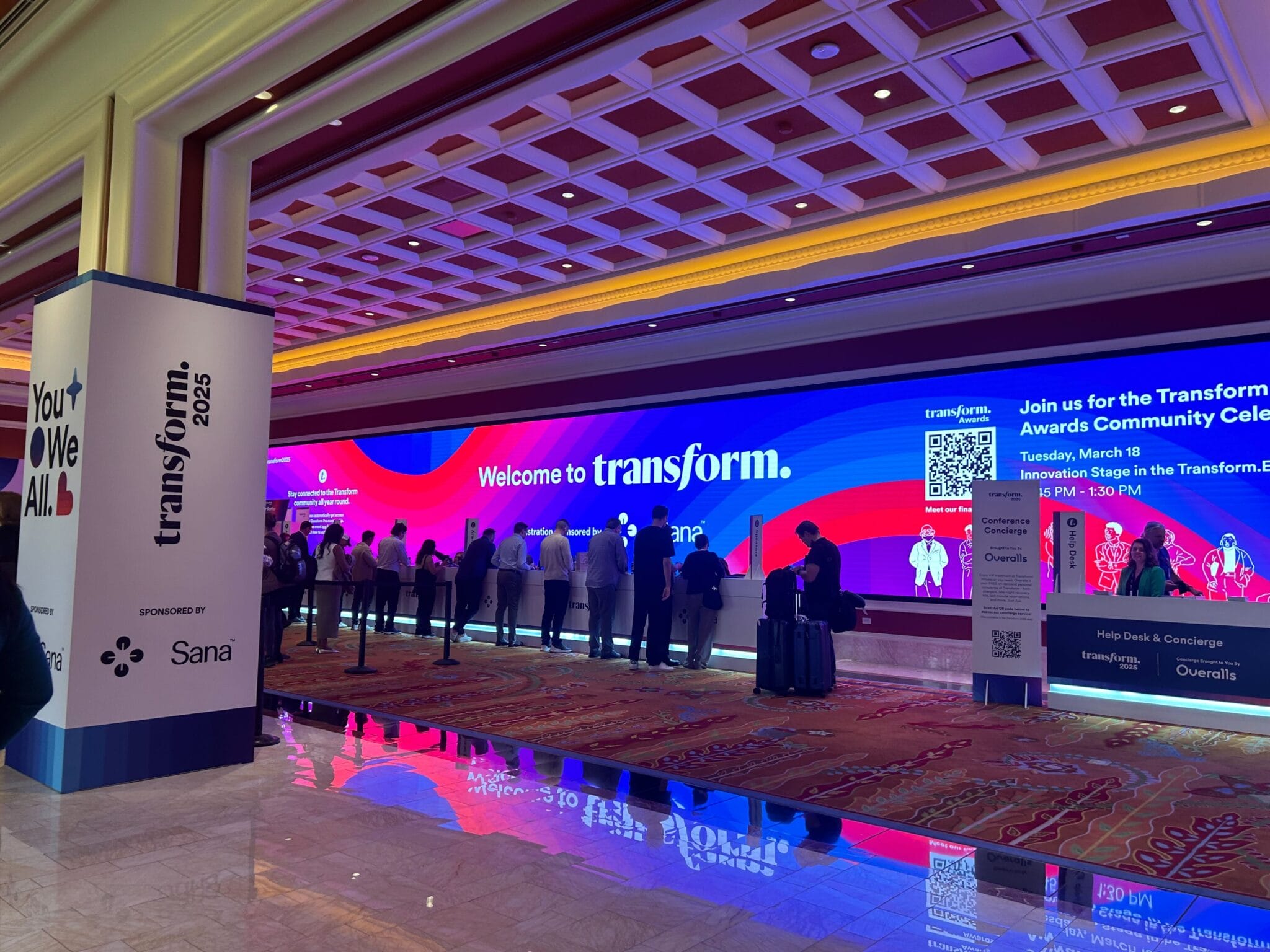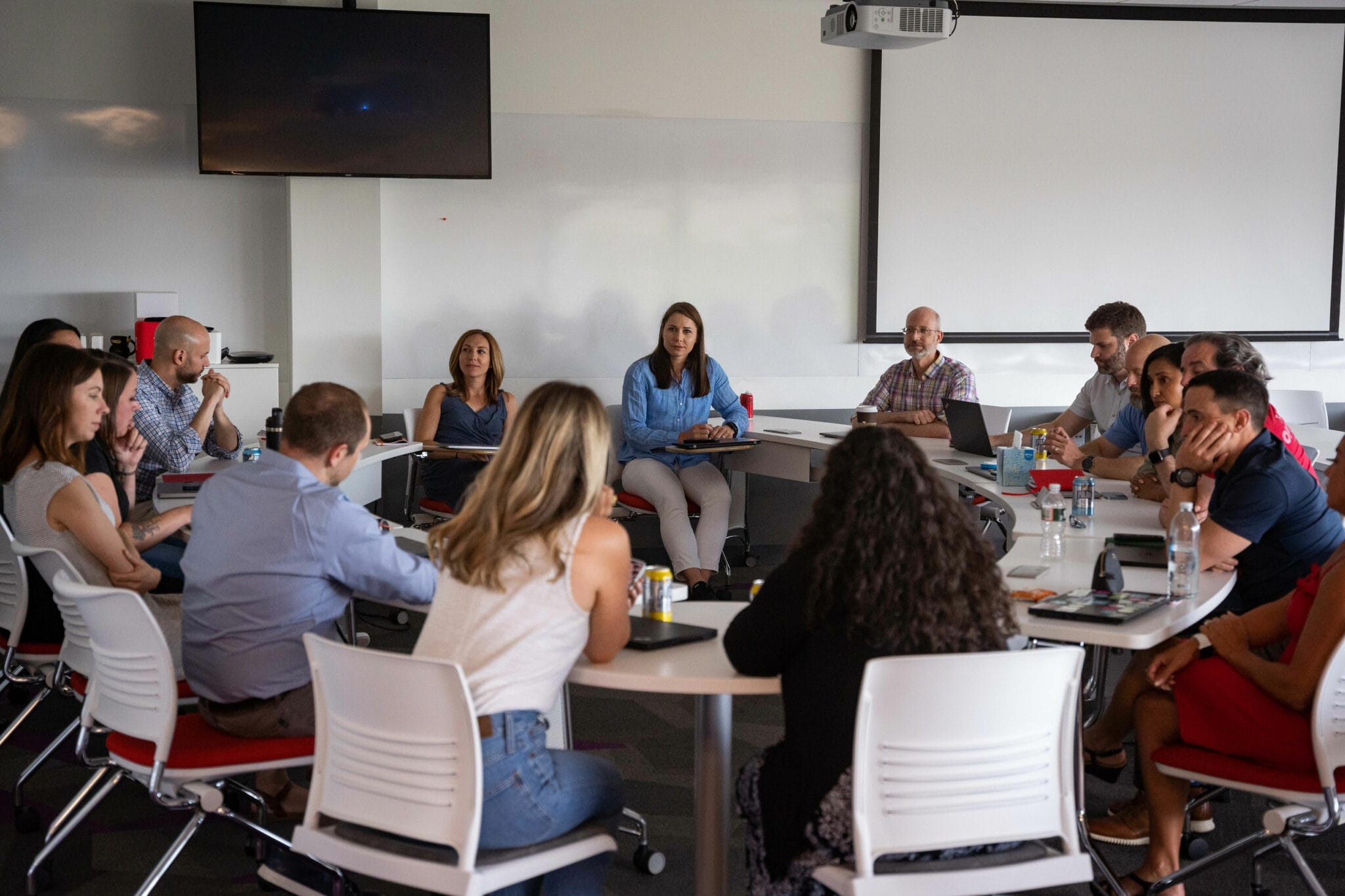By Jillian Phipps
Workplace teams: when they work well, they’re wonderful. But, when they don’t work so well, their projects and tasks suffer, along with employee morale which can lead to a snowball effect of employee turnover and lost clients.
Unfortunately, there is no single secret for making workplace teams effective. Here are five things that are all part of the equation and have the potential to either make or break workplace teams:
The right leader – Teamwork involves everyone of course, but every team needs an effective leader who can motivate, communicate, and inspire the rest of the team to put forth their best efforts. Someone who knows his or her job inside out may be fantastic at doing that job, but they may be wholly ineffective as a leader if they aren’t able to get buy-in and the support of their team’s members.
Goals – Establishing a team without defining what they are there to do is a little bit like going on a road trip without a map or a plan; your team will end up somewhere, but it’s probably not where you want them to end up. The team’s goals and mission need to fit within the larger company’s or organization’s mission, and team members should know how their role fits into the bigger picture.
Ground rules – At the outset when goals are established, team members also need to agree on a set of ground rules to govern their activities. How will disagreements be handled? How should team members communicate their progress, roadblocks or issues with the rest of the team? Are regular team meetings mandatory or is attendance optional? Team members who don’t know the answers to these types of questions will likely feel uncomfortable in their roles and will not be as effective. Clarifying expectations up front will also help avoid wasted time later as employees try to find answers to those questions.
Communication – The importance of communication in the workplace, and especially communication on teams, cannot be overstated. The leader should encourage team members to share input, and should encourage listening and collaboration. Beyond that, the leader should also make a point of communicating the team’s progress or setbacks on a regular basis, so the team knows where they are in relation to their ultimate goal.
Accountability – Everyone on the team needs to know how their task or job on the team fits into the team as a whole, and how it helps drive the team to reach its goals. To that end, effective teams often require members to report their progress (or setbacks) with one another. Leaders should praise work that goes above and beyond the established goals, and use sub-par results constructively, as teachable moments to help get the team back on track.
While there is never any guarantee that a team will be effective, keeping these five things in mind can help improve the effectiveness of any workplace team, leading to happier, more engaged employees.
Looking for more resources? Download our eBook Essential Strategies for Managing Virtual Teams and learn:
- Trends that are contributing to the rise of the virtual workforce
- Major challenges related to remote team management
- Key principles that will help managers achieve success with virtual teams








